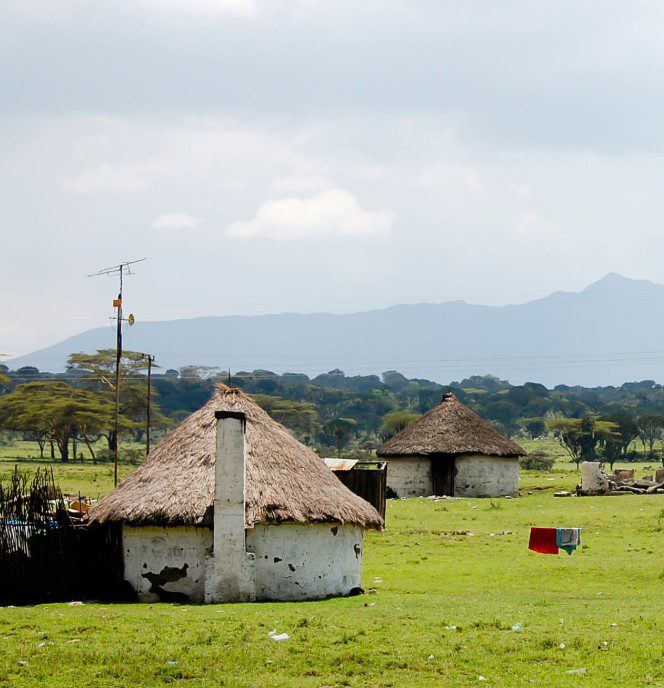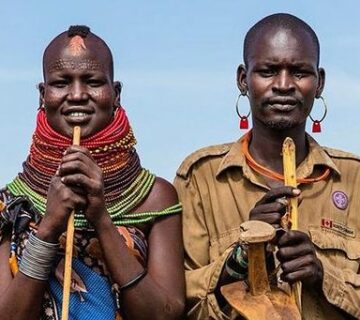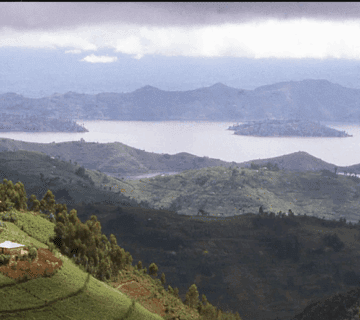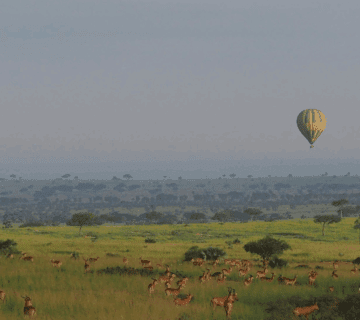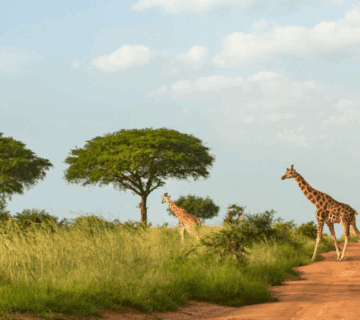How to Visit a Maasai Village in Kenya: A Journey into Tradition and Culture
When you visit Kenya, it’s easy to get swept away by the safari adventures, the iconic wildlife, and the stunning landscapes. But if you want to take your travel experience to another level, you should consider visiting a Maasai village. Nestled in the heart of Kenya’s savannas, Maasai villages offer a unique opportunity to step into the ancient traditions and culture of one of the country’s most well-known indigenous groups. Visiting a Maasai village is more than just a sightseeing trip; it’s an immersive cultural journey that gives you a deep connection with the people and their way of life. Here’s everything you need to know about how to visit a Maasai village in Kenya.
Why Visit a Maasai Village?
The Maasai are a semi-nomadic pastoralist community that has managed to preserve their culture for centuries, despite the pressures of modernization. They are known for their colorful attire, intricate beadwork, and deep connection with nature. Visiting a Maasai village allows you to witness their daily routines, learn about their traditions, and interact with the locals in a way that few other experiences can offer. You will have the opportunity to see the Maasai’s homes (enkangs), participate in ceremonies, watch traditional dances, and even try your hand at making Maasai bead jewelry. This is a chance to get beyond the typical tourist experience and engage with the Maasai in an authentic and respectful way.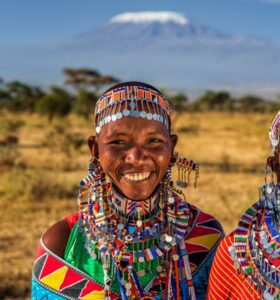
Best Places to Visit Maasai Villages in Kenya
While there are several Maasai villages scattered across Kenya, some of the most popular ones are located near famous national parks and reserves. These include:
Maasai Mara National Reserve
The Maasai Mara is one of Kenya’s most famous tourist destinations, renowned for its breathtaking wildlife and the Great Migration. The Mara is not only home to the Big Five but also to a number of Maasai communities. Visitors can enjoy a safari game drive and then visit a Maasai village to experience the culture firsthand. Many Maasai villages near the Mara are open to tourists, offering a great opportunity for a cultural experience.Amboseli National Park
Located at the foot of Mount Kilimanjaro, Amboseli is another popular park where you can visit a Maasai village. The Maasai people have lived in the Amboseli region for generations, and the area is known for its unique landscape, which includes expansive plains and stunning views of the iconic mountain. Visiting a Maasai village here provides an opportunity to connect with the local community while enjoying breathtaking views of wildlife and nature.Chyulu Hills
Located between Amboseli and Tsavo National Park, Chyulu Hills is a less-visited gem. The region is home to a number of Maasai communities, and visiting this area offers a more off-the-beaten-path experience. The lush green hills and volcanic mountains provide a striking backdrop for your cultural immersion.Laikipia Plateau
The Laikipia Plateau is home to a number of Maasai villages that offer a combination of both cultural and wildlife experiences. This area is less crowded than the Maasai Mara and Amboseli, making it a great place to enjoy a peaceful and authentic visit to a Maasai village.
Planning Your Visit to a Maasai Village
Visiting a Maasai village requires a bit of planning, as this isn’t a typical tourist attraction. Here’s what you need to know before you go:
1. Organize a Guided Tour
Most Maasai villages require tourists to visit with a local guide. This helps ensure a respectful and meaningful interaction with the community. Tour operators that specialize in cultural tours can arrange visits to Maasai villages. These guides are knowledgeable and can help you understand the history, traditions, and daily life of the Maasai people.
2. Respect Local Customs
The Maasai people are proud of their culture and traditions, and it’s important to show respect while visiting their village. Always ask for permission before taking photos, especially of people. In some cases, locals may ask for a small fee in exchange for photographs. Dress modestly, and be aware that Maasai women are expected to cover their shoulders, while men often wear traditional shukas (clothing).
3. Prepare for a Cultural Exchange
Visiting a Maasai village is not just about observation; it’s about engaging with the community. You’ll likely be invited to participate in local activities, such as learning how to make beadwork, witnessing a traditional dance, or even trying your hand at the Maasai way of life, such as herding cattle or learning their greeting rituals. This exchange can deepen your understanding of their culture and give you a more personal connection to the people.
4. Contribute to the Local Economy
Tourism to Maasai villages plays a vital role in supporting the local economy. Most Maasai villages charge a small entry fee to tourists, which goes directly towards supporting community initiatives. Additionally, purchasing handmade crafts such as jewelry, clothing, or carvings directly from the villagers helps sustain their livelihoods. These souvenirs not only serve as a beautiful reminder of your experience but also help preserve the Maasai way of life.
What to Expect During Your Visit
A visit to a Maasai village is a multi-sensory experience that will leave a lasting impression. Upon arrival, you’ll be welcomed by the villagers in a traditional manner, often with a song or dance. You’ll have the opportunity to witness how the Maasai build their homes using mud, cow dung, and thatch – a skill passed down through generations. You’ll likely see the Maasai performing their famous jumping dance (Adumu), which is a symbol of strength and agility.
The village itself is likely to be peaceful and simple, with basic structures for sleeping, cooking, and storing food. As you explore, you’ll learn about the significance of cattle in Maasai society and how they play an important role in their livelihood, both economically and culturally.
The Maasai Way of Life

The Maasai’s relationship with the land, their cattle, and each other is central to their culture. They have a deep respect for the environment, believing that they were created to live alongside nature. Cattle are a central part of their identity, and much of their life revolves around herding and tending to them.
Another key part of the Maasai way of life is the importance placed on age-sets and family. The Maasai society is hierarchical, with elders holding authority and young men performing tasks related to livestock and community service. Women, on the other hand, are the backbone of the household, managing daily chores and caring for children.
The Best Time to Visit a Maasai Village
The best time to visit a Maasai village largely depends on the region you’re traveling to. For example, the dry season, which runs from June to October, is ideal for visiting Maasai villages in places like Maasai Mara or Amboseli, as wildlife is easier to spot and the weather is comfortable. However, visiting during the rainy season (November to April) offers a different experience, with lush landscapes and fewer tourists.
Conclusion
Visiting a Maasai village in Kenya is one of the most enriching and authentic experiences you can have while traveling in the country. It offers a rare glimpse into a traditional way of life that has remained largely unchanged for centuries. Whether you’re learning about their pastoral lifestyle, participating in a local ceremony, or simply enjoying the warmth and hospitality of the Maasai people, this experience will undoubtedly leave you with memories that last a lifetime.
Remember, a Maasai village visit is not just about witnessing their culture – it’s about becoming part of their story, if only for a moment. So, if you’re ready to step out of the conventional tourist route and into the heart of Kenya’s rich traditions, make sure you plan a visit to a Maasai village.

